Deep within the wrist lies the TFCC, a composite of structures ensuring strength and flexibility. Its vulnerability to certain injuries underscores its importance in our daily hand functions.
1 min read 6 Sep 2022
What is the Triangular Fibrocartilage Complex?
Your Triangular Fibrocartilage Complex (TFCC) is a structure that serves as a sling to hold the outside of your wrist together. It comprises the fibrocartilage articular disc, the meniscal homologue, the palmar and dorsal radioulnar ligaments, the ulnar capsule, the Extensor Carpi Ulnaris (ECU) subsheath, the distal radioulnar joint (DRUJ), and the ulnocarpal joint, providing firm support for your wrist grip and for rotating objects.
The TFCC is primarily injured in twisting positions and is often associated with high mechanical force. The middle structure has minimal blood supply, so healing can take a long time. If the outside of the TFCC is damaged, then the injury can heal conservatively. However, if it is a severe tear, surgery may be required.
What may I experience?
What should I do?
Following assessment by your therapist, you may be required to wear either a custom-made TFCC splint, a wrist widget, have your wrist taped, or a combination of both. Your wrist will need support for a minimum of three weeks for minor injuries, and up to three months for more severe injuries.
Therapy will focus on a graded exercise program addressing proprioception, isometric, dynamic and rotational stability, along with weight-bearing exercises. In all cases, we will educate you to make some modifications to your home and work environments. Self-management and an exercise program to follow at home are also necessary and highly recommended.
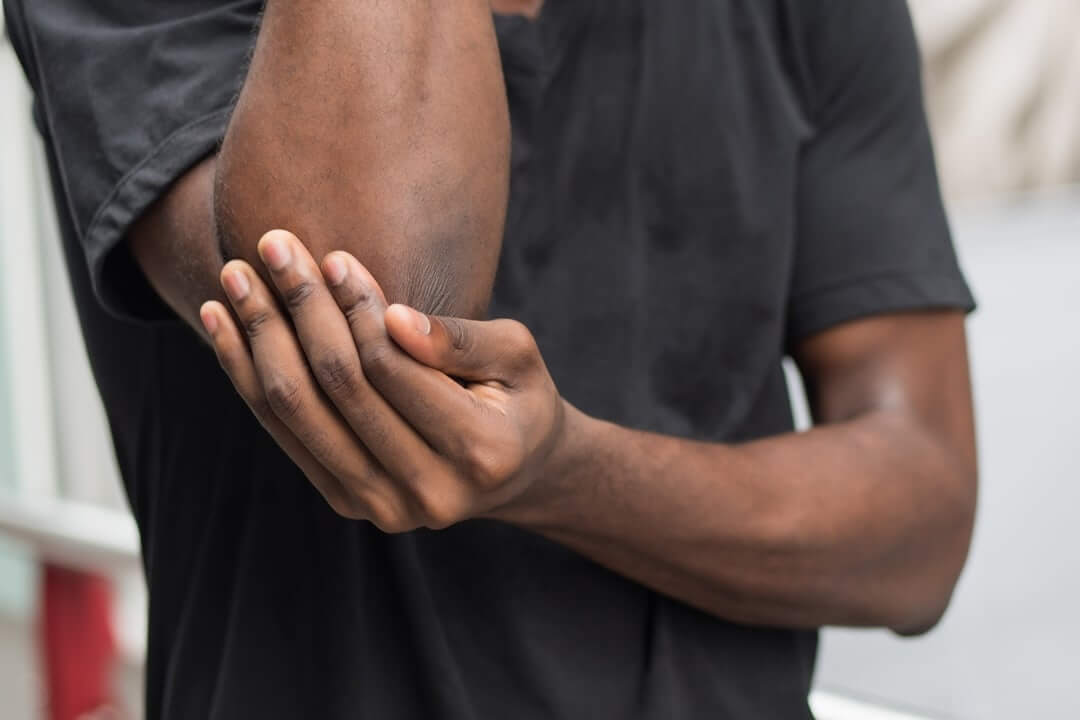
Acute pain is when the body is working to heal structural tissue damage. Everything is done to ensure structural and mechanical integrity if maximised of the injured tissues.

Most wounds recover in the repair phase of healing. Our therapists look after your wounds by providing dressings that are applied with a sterile technique to avoid infection.
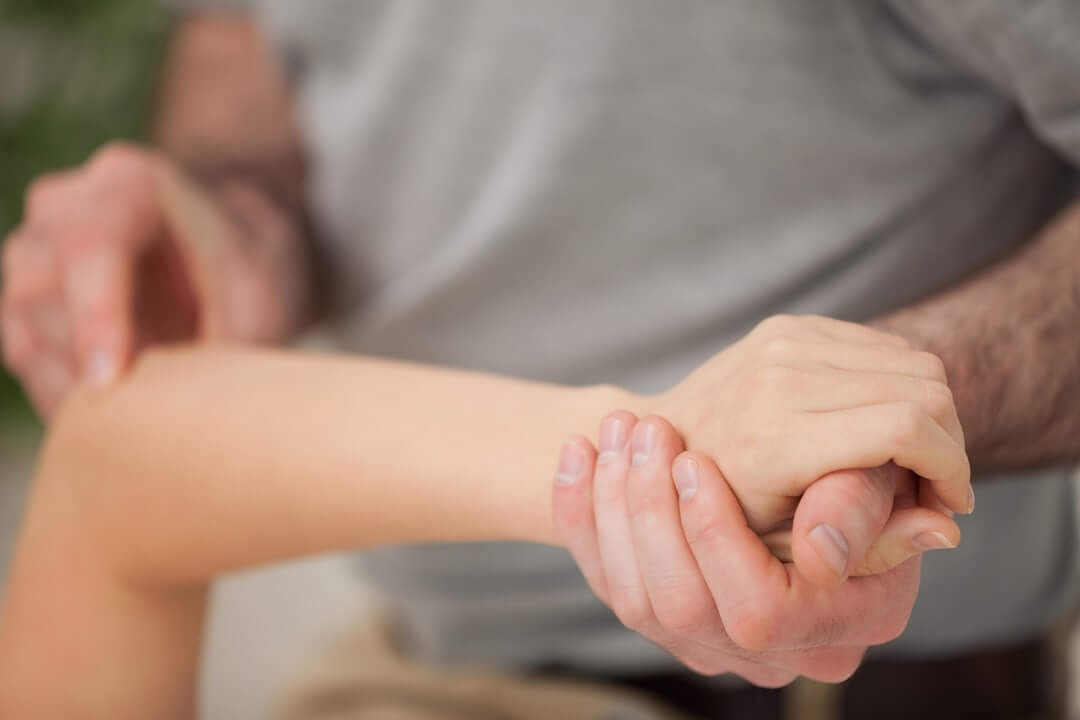
Joint mobilisation involves moving the joint back and forth in small oscillating movements further and further into range to restore the joints normal movement.
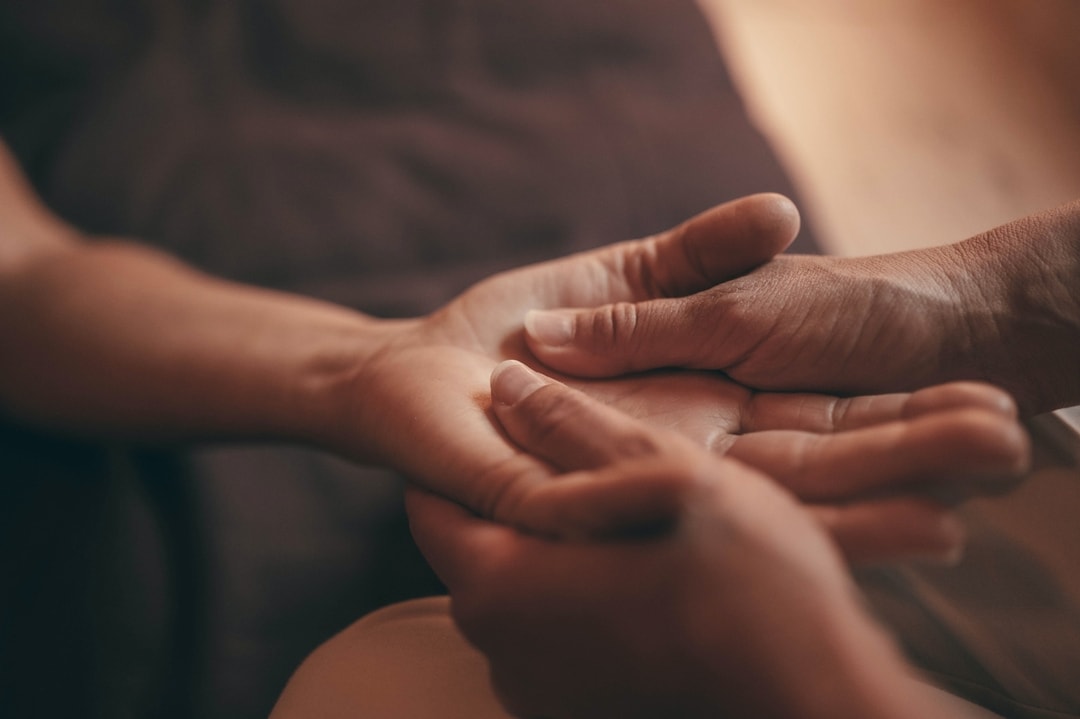
Massage helps to improve blood supply to the injured area, helping you recover faster.
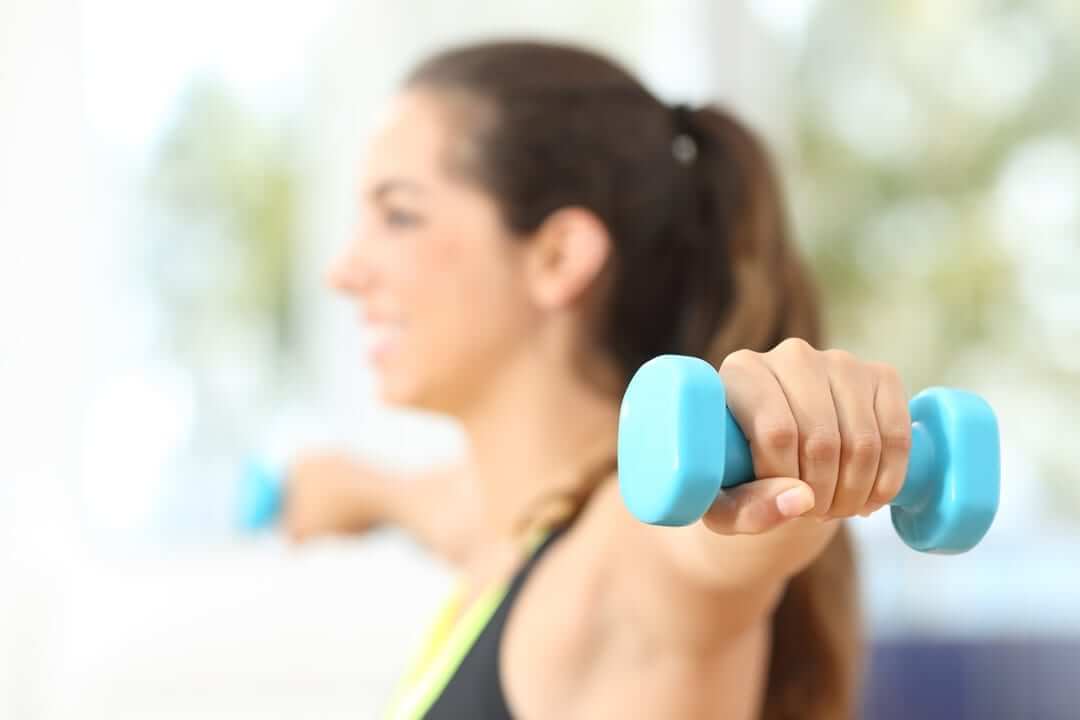
Exercise is the body’s natural way of restoration to improve stability, mechanics, strength and movement to an injury. Whether the injury is from overuse, trauma, disease or surgery exercises are necessary to restore function.
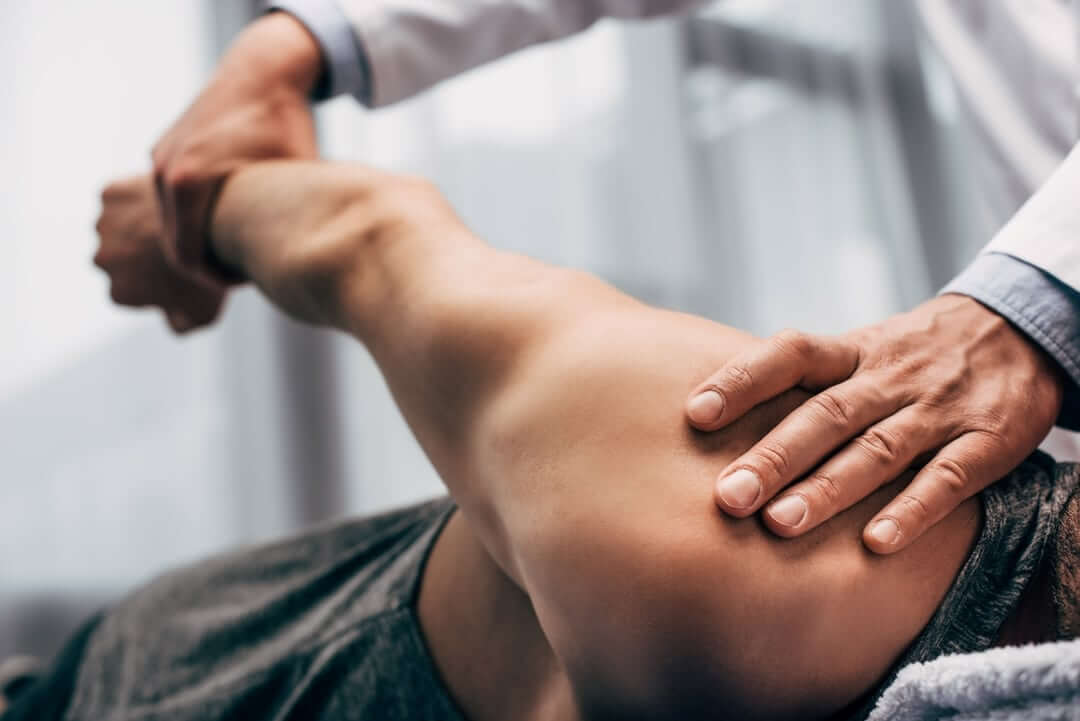
Stretching is extremely beneficial for our joints, muscles and tendons. Not only do they help prepare your body work/exercises they ensure you are working at your optimum energy efficiency.